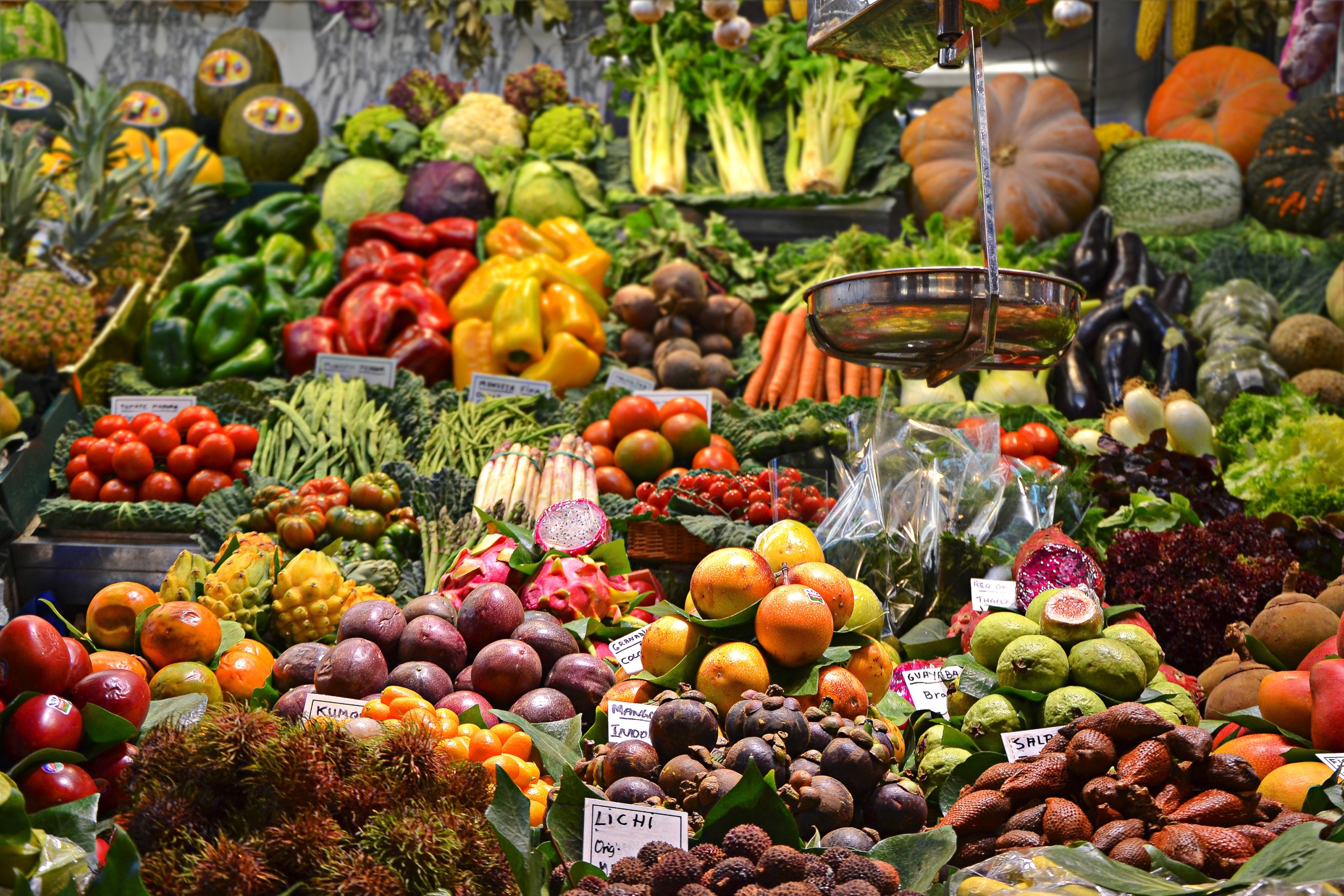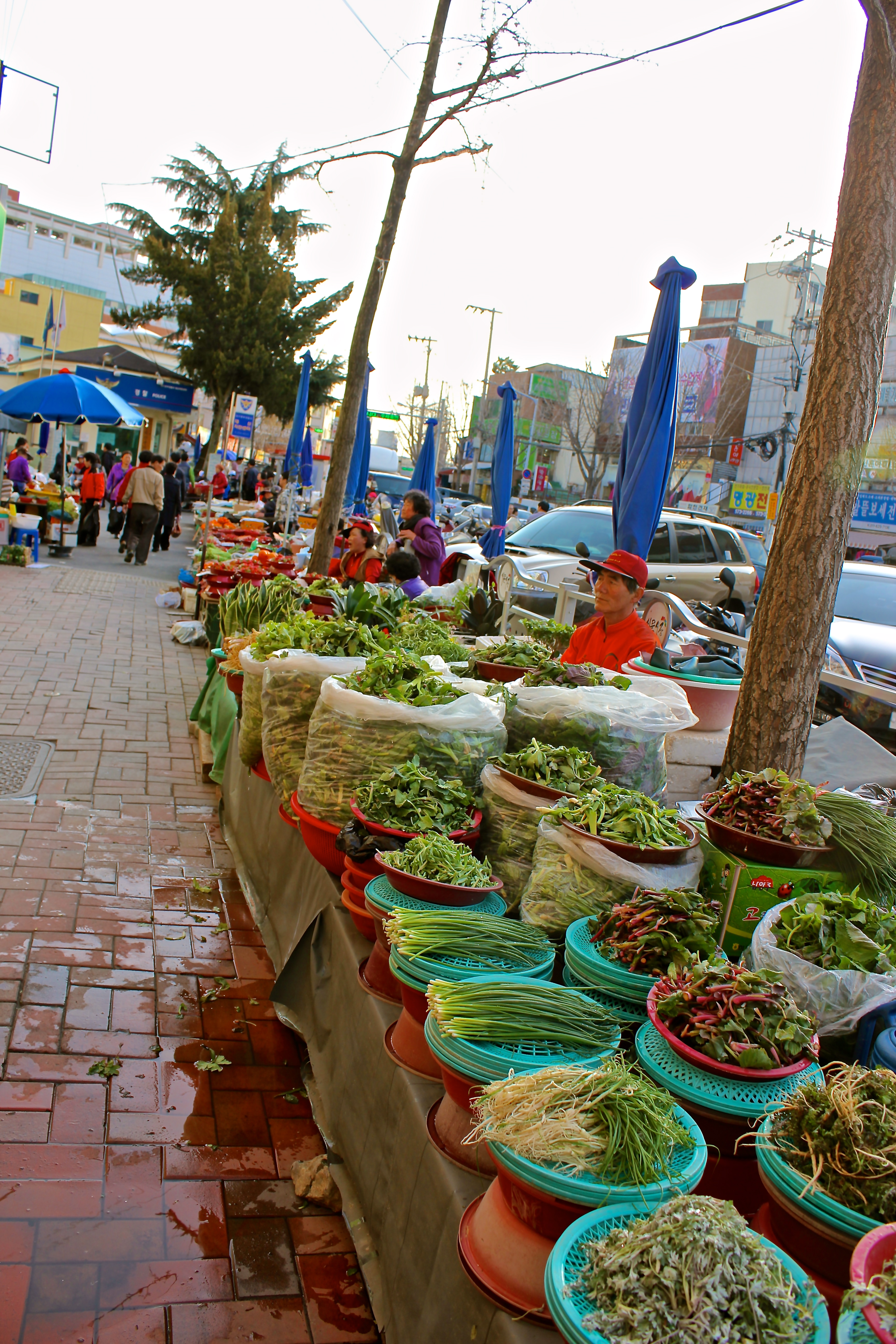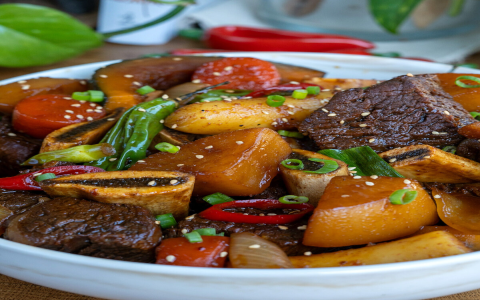So, I had this phase, right? Let’s call it my “vegetable korea” obsession. It all started innocently enough. I was watching a ton of Korean shows, and man, the food! Especially those little side dishes, the banchan. They always looked so fresh, so simple, so… achievable. I thought to myself, “I can totally do that. How hard can it be to make some seasoned vegetables?” Famous last words, my friends. Famous. Last. Words.

I decided to dive in. My first target was this seasoned spinach thing, you know, sigeumchi namul. Looked easy. Boil spinach, squeeze, season. Done. At least, that’s what the internet (in its infinite, often misleading wisdom) seemed to suggest. So, I got myself a bunch of spinach. A huge bunch.
My first attempt? Disaster. The spinach was either a watery mess or squeezed into something resembling green cardboard. And the taste? Bland. Nothing like the vibrant, nutty, garlicky punch I was expecting. “Okay,” I thought, “round two.” I adjusted the blanching time. I squeezed harder. I squeezed less. I tried different brands of sesame oil, because surely that was the secret ingredient I was missing.
This Whole Vegetable Thing Got Serious
Pretty soon, my kitchen started to look like a mad scientist’s lab, but instead of bubbling beakers, it was just piles of slightly sad-looking vegetables. I moved on from spinach to bean sprouts, then to radish, then to cucumbers. Each one came with its own set of “simple” instructions and its own special way of making me feel like a complete culinary klutz.
You see, the thing they don’t tell you is that “simple” in Korean cooking, especially with vegetables, often means a whole lot of subtle things happening.
- Is it the exact type of soy sauce? Because apparently, there’s soy sauce for soup, and soy sauce for other stuff, and who even knew?
- Is it the way you salt it beforehand to draw out water? How long? How much salt?
- Is it some magic Korean grandma technique passed down through generations that you just can’t find in a 5-minute video?
My friends started to notice. “Still on your Korean vegetable quest?” they’d ask, probably trying not to laugh. And it wasn’t just about making a side dish anymore. Oh no. It became a matter of pride. I’d see those perfectly arranged, glistening namul in a K-drama, and I’d get this fire in my belly. “I will conquer you, seasoned fernbrake!” (Spoiler: I did not conquer the fernbrake. That stuff is next level.)

What really got me was the sheer audacity of some online tutorials. “Easy 5-minute banchan!” they’d chirp. Lies! All lies! It’s like those “quick and easy” home repair videos where the guy has twenty years of experience and a workshop full of tools I’ve never even heard of. My five minutes usually turned into an hour of prep, cooking, and then another thirty minutes of wondering where I went wrong.
It reminded me of this one time I tried to learn a “simple” guitar chord. Just three fingers, they said. Easy, they said. My fingers felt like they were being twisted into a pretzel by an invisible demon. Same energy with these vegetables. Exactly the same energy.
Eventually, after much trial and error (and a significant increase in my compost pile), I started to get the hang of a few. My sigeumchi namul became… edible. Actually, sometimes it was even pretty good! Not quite restaurant quality, mind you, and definitely not K-drama food-stylist perfect, but good enough for me. I even managed a decent oi muchim (spicy cucumber salad) once or twice.
The biggest takeaway from my whole “vegetable korea” adventure wasn’t a perfect recipe. It was the profound respect I gained for those seemingly humble side dishes. There’s an art to them, a quiet skill. And it taught me that “simple” rarely is. Plus, I now scrutinize every banchan I get at a Korean restaurant with a newfound appreciation. And you know what? I’m perfectly happy to pay someone else to make them for me now. My sanity is worth it.









